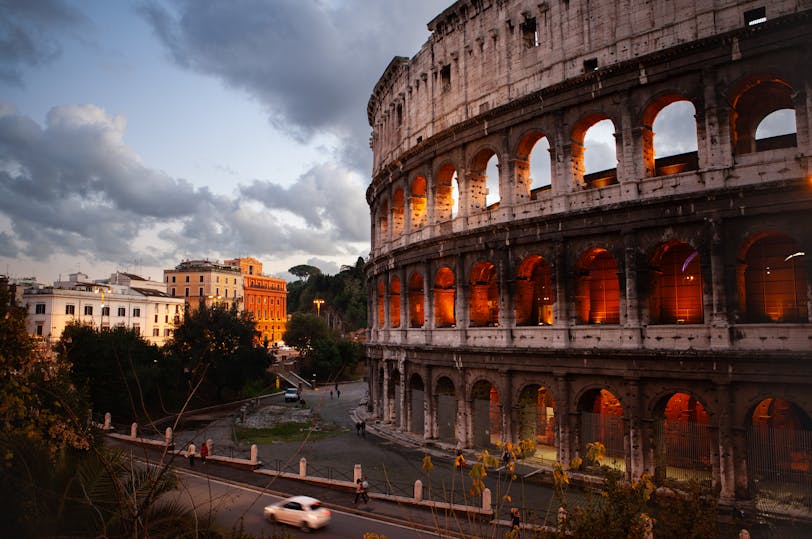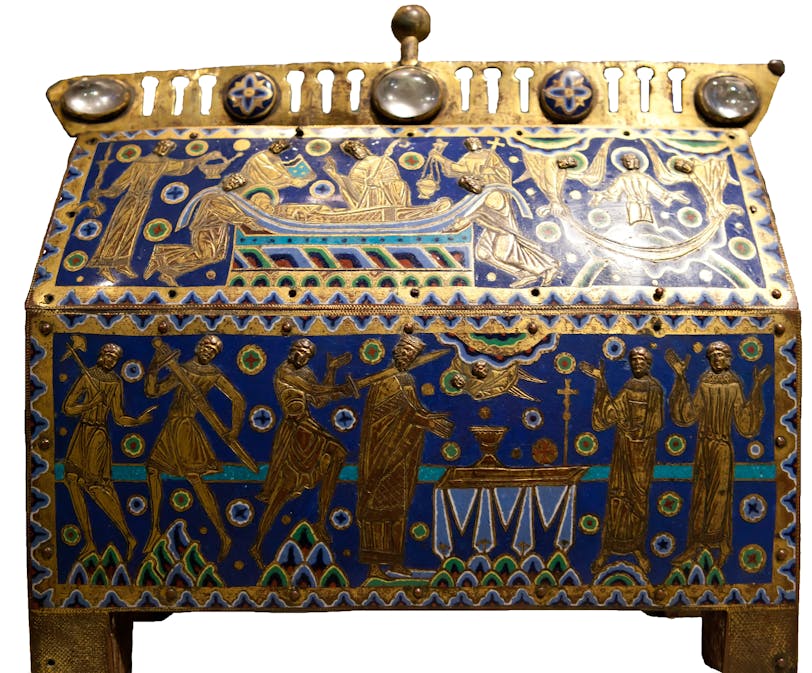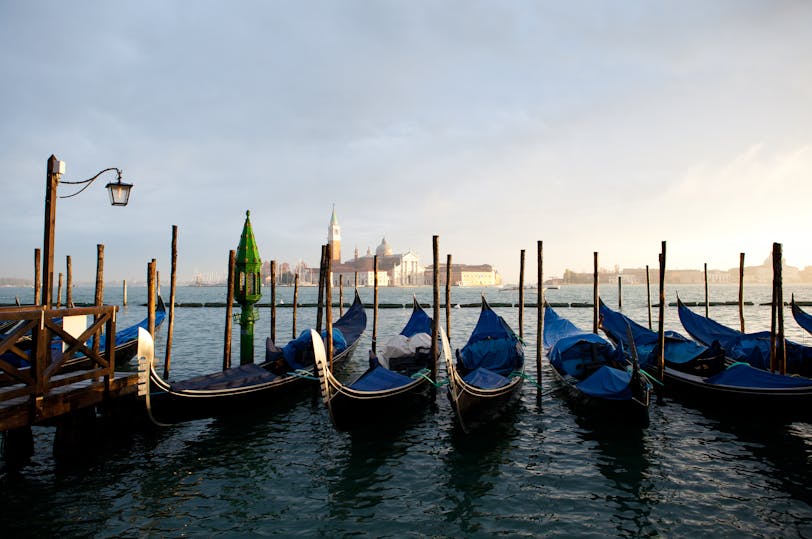Well, I've been working on Go Historic for well over a year now, and it's been in "private beta" (i.e., published and mostly functional, but not many people can view it) since the summer. It is still not finished, but it's mostly presentable now, and how can I pass up a birthday of 12/12/12? So, today is the official "public beta launch" of Go Historic!
 The home page, sure to be redesigned many times...
The home page, sure to be redesigned many times...
What the heck is a public beta launch, you might ask? Basically, it means the website is still a bit of a mess and in a testing period (the "beta" part) but everyone is now welcome to come in and have a look around (the "public" part). More specifically: the content is still very limited and sometimes unorganized; many features are still waiting to be added or refined; and you may occasionally run into broken links or other technical errors.
As far as content goes, there is some good stuff to be found here and there, but the website is so big that I'm afraid you are more likely to be disappointed when you check out your particular place or topic of interest. I am dying to have all the programming done, so I can focus most of my time on adding photos and information and connecting with fellow history enthusiasts - the fun part! And I'm almost there. If all goes well, my coding-dominant days should be done before the spring thaw. (Or, more accurately here in Oregon, before the cold rain turns to warmer rain.)
Here's a bit of a tour:
Attractions
(Update, 2014: "Attractions" has been changed to "Sites" and is now combined with Destinations under Places.)
The basis of the Attractions section is a combination of several large database imports: the National Register of Historic Places (in the USA); Listed Buildings (in the UK); and Sacred Destinations (my previous website, which focuses on religious architecture and art). To this I've gradually added some entries manually, mostly reflecting places I've visited.

The database imports are still not entirely done, and they need a lot more tagging and organizing. The 377,000+ Listed Buildings, in particular, are completely out of control and crowding the search results and maps - I'm working on filtering and ranking systems. But they are definitely worth the work, especially as many of them have full descriptions based on the excellent Pevsner guides. I'm also working on a way to automatically import new additions to these lists, which happens weekly in the case of the NRHP.
Attraction profiles on Go Historic are intended to be more like outlines than essays. History paragraphs are replaced with individual events on a Timeline, and (where practical) descriptions of monuments are carved up into a hierarchy of component parts that can be separately indexed, tagged, and compared with others. These components include both "Architectural Details" such as a nave, and "Objects" such as a stained glass window. But essays are not abolished altogether: the full text of heritage list designations will still be displayed with the monument, and subjective impressions can be found in Reviews (forthcoming) and the Blog.
Objects
The Objects section contains original entries, based (for now) mainly on objects I like and have photographs for. This section is intended to be a "virtual museum" in which objects in locations around the world, both in museums and in their original sites, can come together to be compared and explored by topic, artist, date, subject, and more.

People and Timelines
Like the Objects, the People and Timelines section are also brand-new for this website, and accordingly pretty sparse so far. In addition to their inherent interest, these sections help bring related sites and objects together and provide historical context. Closely related to the timelines is a This Day in History feature, which is always fun.
Glossary and Controlled Vocabulary Tagging
The Glossary is based on the Art & Architecture Thesaurus produced by the Getty Center in Los Angeles, which I licensed for a fairly stiff fee. To that I've begun to add other terms, especially in the area of iconography (for which I use the Dutch Iconclass system where possible). Photos, events, buildings, objects and people are all tagged using this controlled vocabulary.

Destinations
The Destinations section is based on another licensed Getty database, the Thesaurus of Geographic Names. This one is more imperfect and I've come across several outdated place names and relationships, but haven't yet had time to correct many of them yet.

Photos
The Photos section contains mostly my original photographs, plus images from the public domain, Creative Commons, and photographers who grant permission for use on Go Historic. Eventually you'll be able to upload your photos, too. My goal for this section is to assemble the highest-quality and most informative images possible, all in one place, with an organized tagging system (a.k.a. controlled vocabulary) connecting them to their subjects.
Bibliography and Books
The Books area is part of a larger Bibliography section that I'm still working on organizing. My goal is that all information on Go Historic will be well-documented with reliable sources, and bibliographies already appear in articles across the site. The books have been hand-selected by me as relevant to the topics they are assigned to, and contain links to Amazon and other online bookstores if you want to buy one (and support this website as a bonus).
Blog
This Blog was imported from one hosted elsewhere and written mostly by me for friends and family (thus very light, occasionally silly, and not very educational), with some new entries added from my most recent trip to the UK and Paris. The archives go all the way back to 2006, when I was studying and church-crawling in Oxford. Most of the photos are still hosted at Flickr, but I'm gradually replacing those with photos hosted on Go Historic for a more integrated database. In the future I will be inviting other bloggers to contribute, so it won't always be just boring old me.
Community and Contributions
General comments and feedback are very welcome at hello@gohistoric.com. You don't need to report broken links or errors unless you want to, as I'm actively hunting them down every day. As for specific content suggestions, hold on to them for now - soon you will be able to submit them directly yourself!
That's just one of many fun things planned for the future "Community" section. Membership will be invitation-only at first, since I've never tried to manage a community or user contributions before, and will need to take it slow! In the meantime, you can check out my sample member profile page for an idea of what it will look like.
Also in the works is a partnership system with historical site administrators and local tourist offices that allows them to edit their listings directly. I think this will be very helpful for ensuring accuracy and keeping articles up-to-date on frequently changing information like opening hours and special events.
Anyway, I hope you will find Go Historic a useful resource, especially as it gets better. You can read more about the website in the FAQ, if you'd like. Thanks for visiting!
(A version of this post was also posted to my photostream at Flickr today.)
loading
